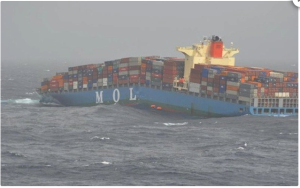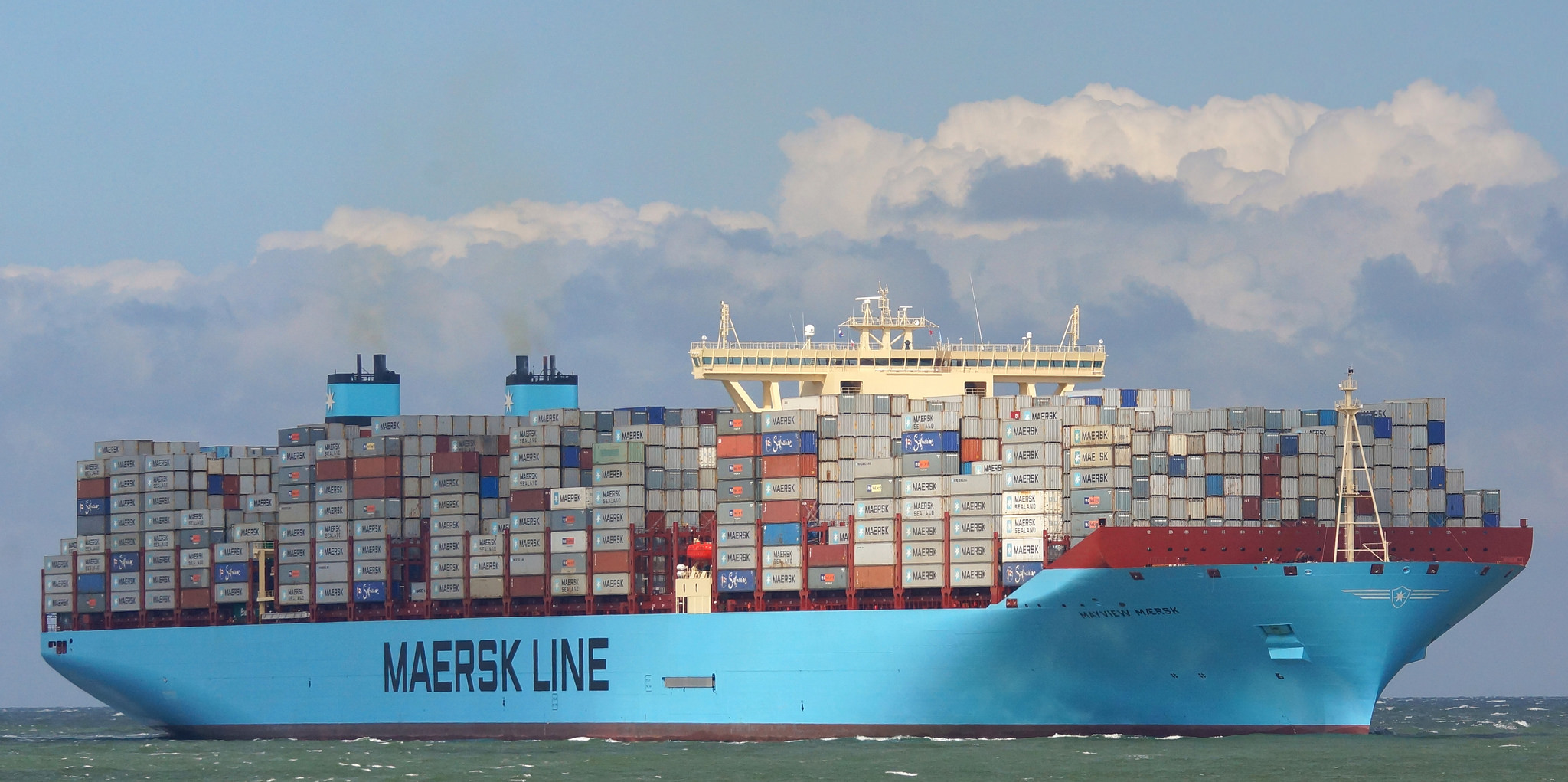(The Mayview Maersk, photo credit Flickr user kees torn, CC BY 2.0)
The United Nations Safety of Life at Sea Convention, or SOLAS, approved a regulation requiring all containers shipped on board a vessel to have their weight certified beginning on July 1, 2016.
There are three reasons that container weighing not only became an issue, but a new regulation.
Container weights impact vessel capacity.
It’s simple physics, really. The more you load into something, the lower it will ride. If you’re operating a containership that carries ‘n’ containers, you anticipate the average legal weight of them and use that to calculate the required draft to get in and out of ports around the world. If you’re carrying more weight than your manifest would otherwise indicate, you won’t be able to reach those quays and load the number of containers you planned. This leads to service failures and angry customers.
Overweight containers impact vessel safety and contribute to accidents at sea.
By now everyone has seen the pictures of the MOL Comfort which broke in two and sank in the Arabian Sea.  The report found that there was undue stress on the vessel’s hull which may have been due, in part, to being overweight. Put a couple of bowling balls into a paper bag and see how well the bag holds up. The same principle applies. These vessels cost hundreds of millions of dollars and mariners who want to operate safely and the underwriters who insure their hulls want to see the same. (Image credit: IANS via gCaptain)
The report found that there was undue stress on the vessel’s hull which may have been due, in part, to being overweight. Put a couple of bowling balls into a paper bag and see how well the bag holds up. The same principle applies. These vessels cost hundreds of millions of dollars and mariners who want to operate safely and the underwriters who insure their hulls want to see the same. (Image credit: IANS via gCaptain)
Carriers performing store door deliveries risk fines, penalties or lawsuits for accidents.
When a bill of lading accurate declares the weight of container, a carrier informs their cartman what kind of equipment is necessary to make the load legal, either a specialized chassis or a necessary transload to reach legal road weight. When these arrangements are made in advance knowing the correct weight, the delivery can happen smoothly and without incident. But when all parties are surprised by the shipper, the delays and costs skyrocket. In the worst-case scenario, what happens to a driver who is unable to stop while pulling an overweight container and causes critical injuries or loss of life to himself or herself or others?
Share this with your shippers and know the rules yourself.
The best way to avoid a problem on or after July 1st next year is to be informed and to take steps now to ensure that the declared container weights are correct. Does the weight on the packing list match the weight on the bill of lading? How much can you or your customer order that legally fits in the appropriate sized container?
Read this great document from the World Shipping Council that spells it all out clearly and concisely. If you have any questions about the requirements or how to talk with your shippers, contact us today.
